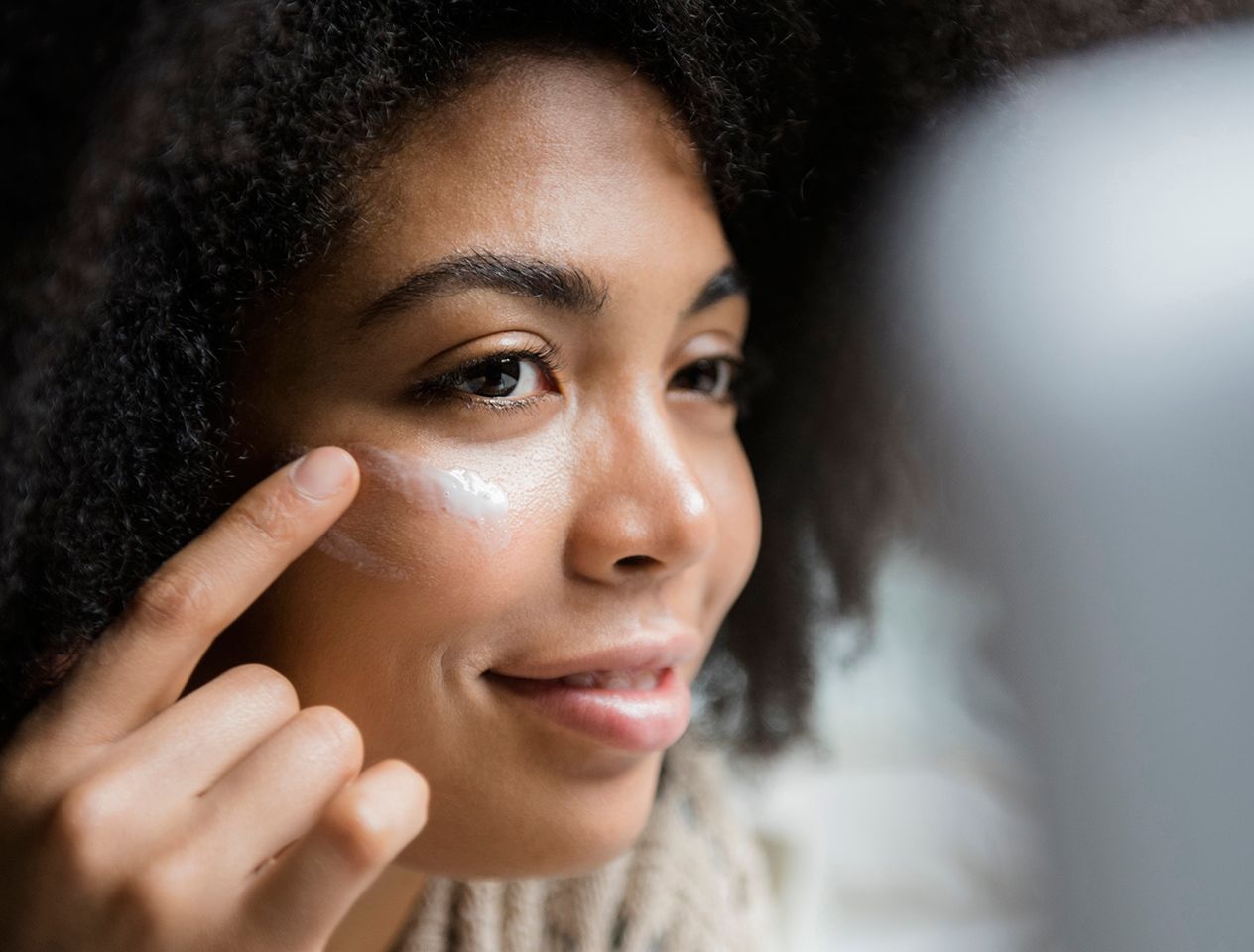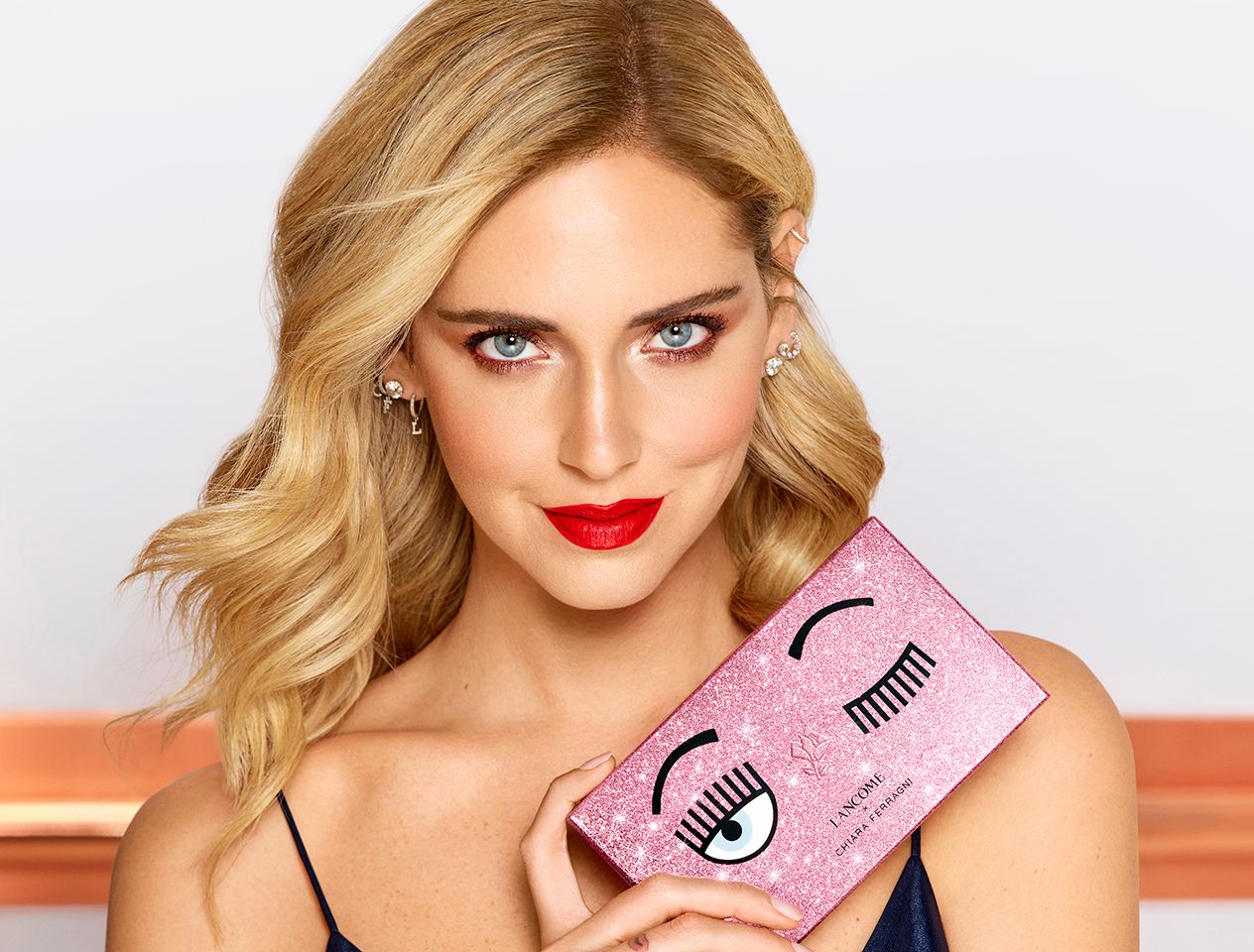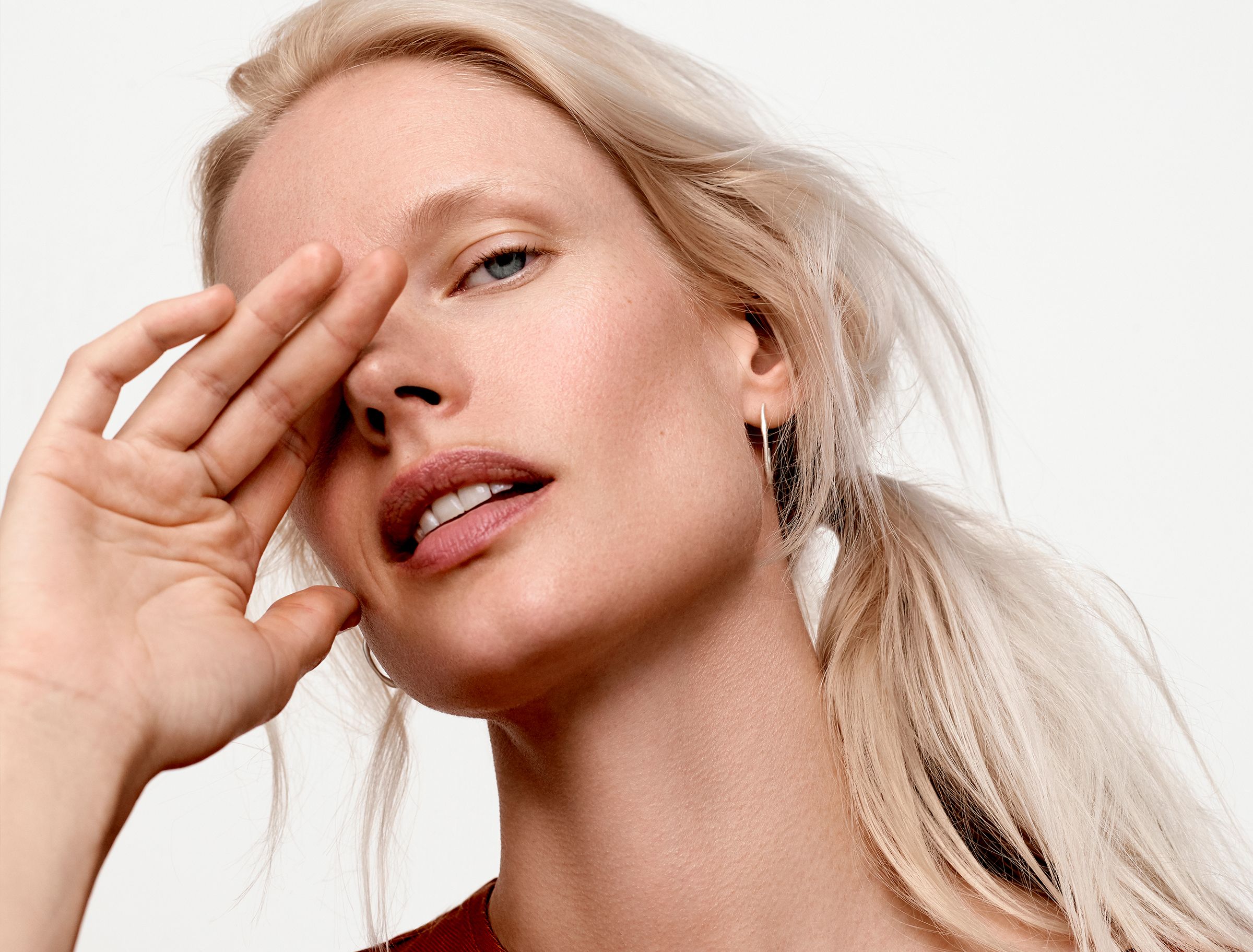5 supercharged skincare pairings for youthful-looking skin
Some things work better together – and skincare is no exception. Here’s how to mix and match your products to maximise their anti-ageing potential
A quick scan of any beauty counter will give you a good idea of which product to buy for youthful-looking skin. But even when you’ve discovered the holy grail of skincare, it might not be getting the results you desired. That’s because some ingredients have been proven to work harder paired together, rather than applied alone.
This doesn’t mean that you need to spend big on a whole host of new products – sometimes, just two products that work really well together can make all the difference to your complexion. It’s also important if you have a persistent issue like dry skin, rosacea or acne.
But before you start layering up everything in your bathroom cabinet, read our guide to skincare mixology for the best anti-ageing results. We’ve spoken to Sally Penford, Director of Education at Dermalogica, to get her professional opinion on which ingredients work harder together.
Acids and oil
As our skin ages, cell turnover slows down. This means dead cells can cling to the skin’s surface, resulting in a dull or lacklustre appearance and rough texture. Acids can help to combat this.
Wondering which one to choose for your skin type? Sally can help: ‘Hydroxy acids supercharge skin renewal by accelerating cell turnover to reveal smooth, glowing skin. There are a wide variety of acids to choose from: salicylic is ideal for adult acne, while lactic acid is perfect for dry, dehydrated skin. For professional advice and to ensure that you make the right choice, visit a dermatologist. They will be able to analyse your skin and determine which exfoliant would best suit your needs.’
Follow up with a facial oil to nourish your complexion – this will improve your skin’s natural barrier and help with any reactions to the acid’s exfoliating properties.
Moisturiser and SPF
We are regularly told how important it is to wear SPF every day, but it alone won’t offer your skin the plumping hydration a moisturiser can. The importance of SPF is drilled into us by dermatologists and doctors, but we might not all be aware of the reasons behind the mantra, meaning we might skip this step and just apply moisturiser, hoping it will be enough to fight lines and wrinkles. Once you do know, you might be more inclined to follow their advice.
‘Using SPF is critical for skin health and minimising premature skin ageing,’ says Sally. ‘An individual’s risk of skin cancer is directly related to their lifetime exposure to UV rays from the sun and artificial sources such as tanning beds. Both UVA and UVB exposure will promote the development of skin cancer, and UV radiation is the primary contributor to premature ageing. This is because UVA’s long wavelength – how far it is able to travel – allows it to penetrate deep into the dermal layers.’
The bottom line: an SPF will stop UVA and UVB rays from penetrating the skin and causing discolouration and wrinkles. A moisturiser will plump the skin and nourish your complexion, giving it a healthy glow and a more even base to apply make-up. If you can only manage a two-step routine, make it these two steps.
Retinol and SPF
Retinol, otherwise known as vitamin A, is widely regarded as the most powerful anti-ageing tool you can buy over the counter. It’s so powerful, in fact, that it can make skin more sensitive, especially to the sun. So take caution: build up your tolerance and protect your skin with a broad-spectrum SPF.
As we age, retinoid receptors decline in the skin – by applying the product gradually, you can build up the receptors. You will then feel less sensitivity as you progress. Start off with a product containing 0.3% or 0.5% retinol content and build up to one with 5% retinol.
Retinol is also susceptible to degradation when exposed to sunlight, so use it at night. ‘Retinol will also coordinate with the body’s natural circadian rhythm when cell renewal is at its prime,’ says Sally. Be sure to wear an SPF in the day when you’ve used retinol the night before.
Vitamin C and vitamin E
Researchers at Duke University Medical Center in the US found that wearing products containing Vitamins C and E under sunscreen provided four times the protection of sunscreen alone.
There are other benefits to these two ingredients, too. Vitamin E is incredibly hydrating, preventing water loss and strengthening the skin – a must all year round when skin takes a beating from the elements.
Vitamin C is a great collagen booster and helps to brighten skin – it’s one of the best natural anti-agers out there and works brilliantly to boost other ingredients in your collection.
Retinol and vitamin C
Some studies suggest that skin can’t reap the full benefits of retinol without vitamin C, which has been found to stabilise and extend its effects for a brighter and more even complexion. ‘Sodium ascorbyl phosphate (vitamin C) helps reduce the appearance of skin discoloration,’ says Sally, ‘something that we see in more mature skin.’
As with any retinol product, ease your skin into this combination. Try using it every other day until your skin has built up a tolerance to these powerful ingredients. Sally also advises avoiding exfoliation while you’re using retinol and vitamin C, as your skin can become more sensitive.
Image: Getty Images











